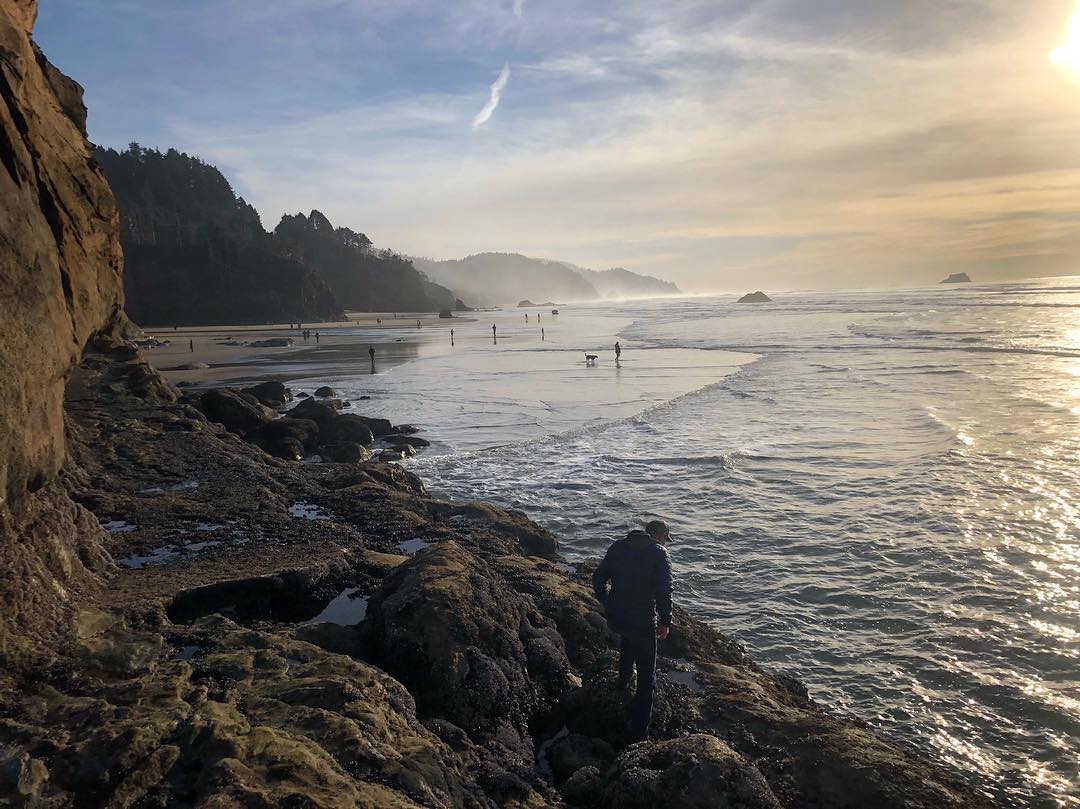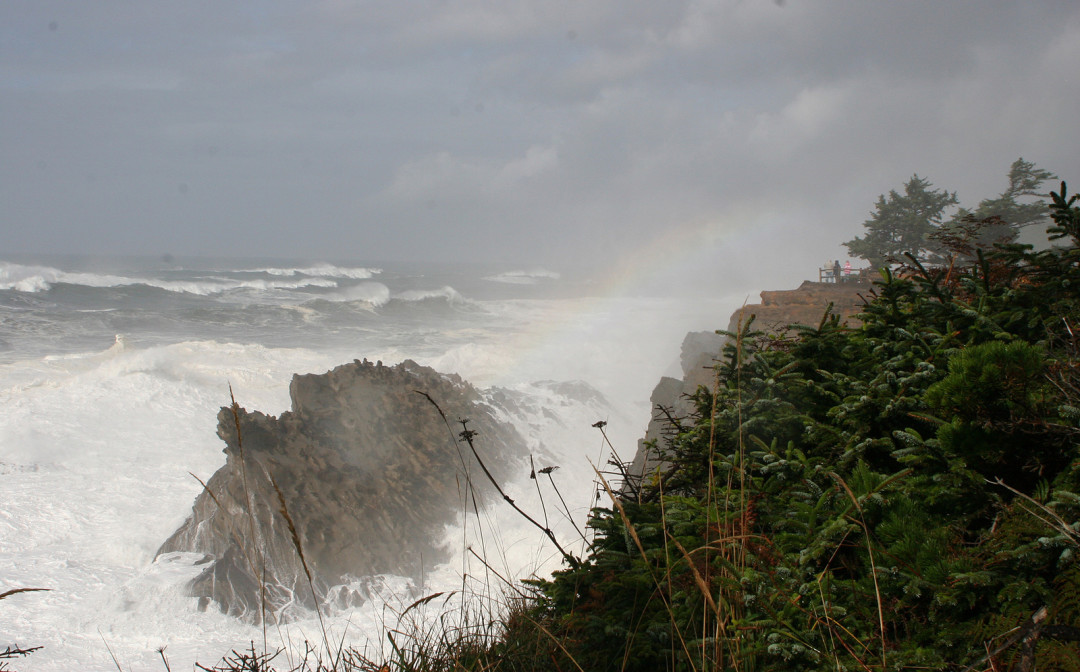Oregon Coast Weather YEAR ROUND
The Oregon Coast weather experiences some fog, sun, rain, and mild weather – sometimes all in the same day.
SPRING WEATHER
- 4.93″average RAINFALL
- 56-41°average TEMPERATURE
Sun breaks mixed with rain & wind. Keeps things nice and green here. Every season our recommendation is the same. It’s good to be prepared for, well, weather. Dressing in layers works well year round.
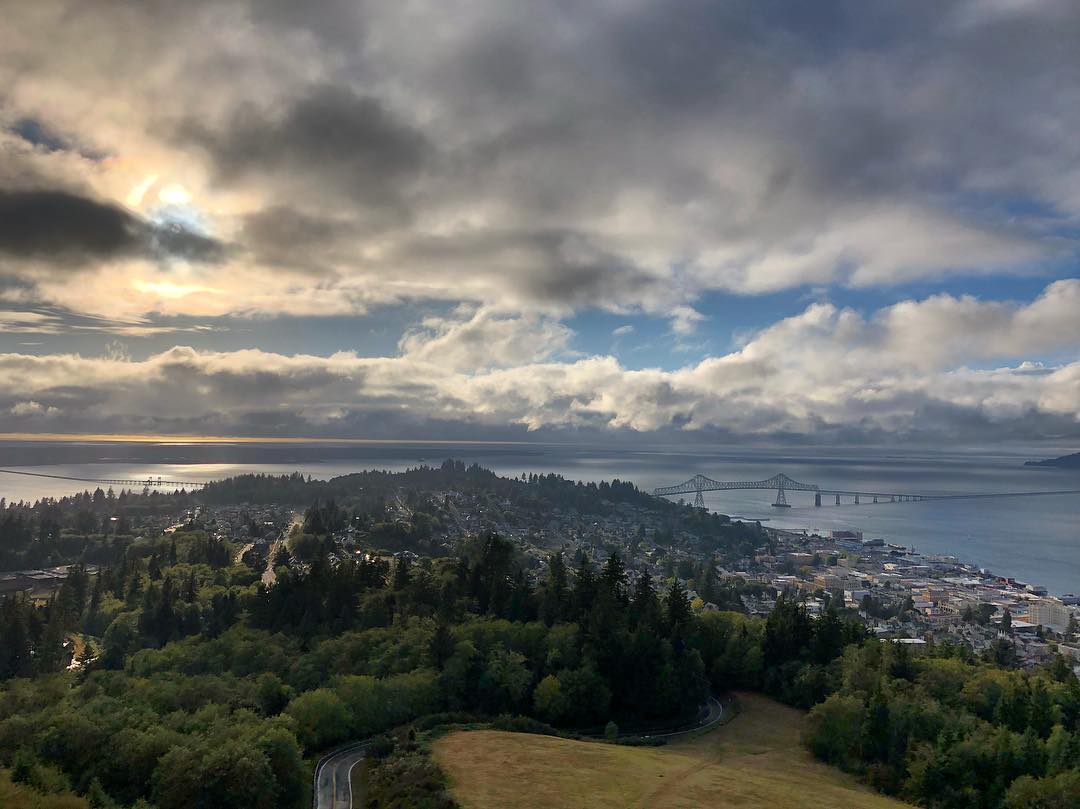


WHAT TO DO
SUMMER WEATHER
- 1.16″average rainfall
- 67-53°average Temperature
Sunnier days, plus frequent fog. Sweet summertime sprinkles. Every season our recommendation is the same. It’s good to be prepared for, well, weather. Dressing in layers works well year round.
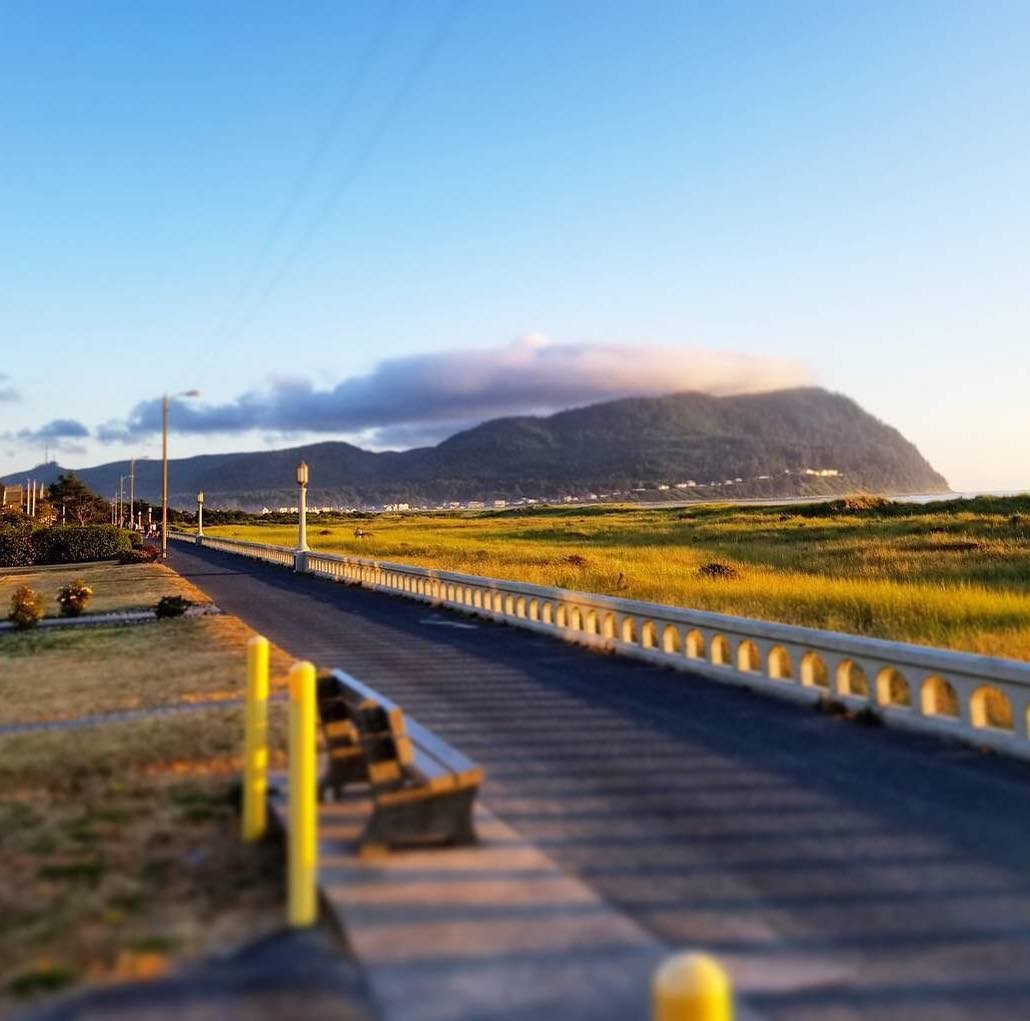


WHAT TO DO
FALL WEATHER
- 5.61″average rainfall
- 61-44°average Temperature
Good weather can last into October. Freshening up the foliage. Every season our recommendation is the same. It’s good to be prepared for, well, weather. Dressing in layers works well year round.
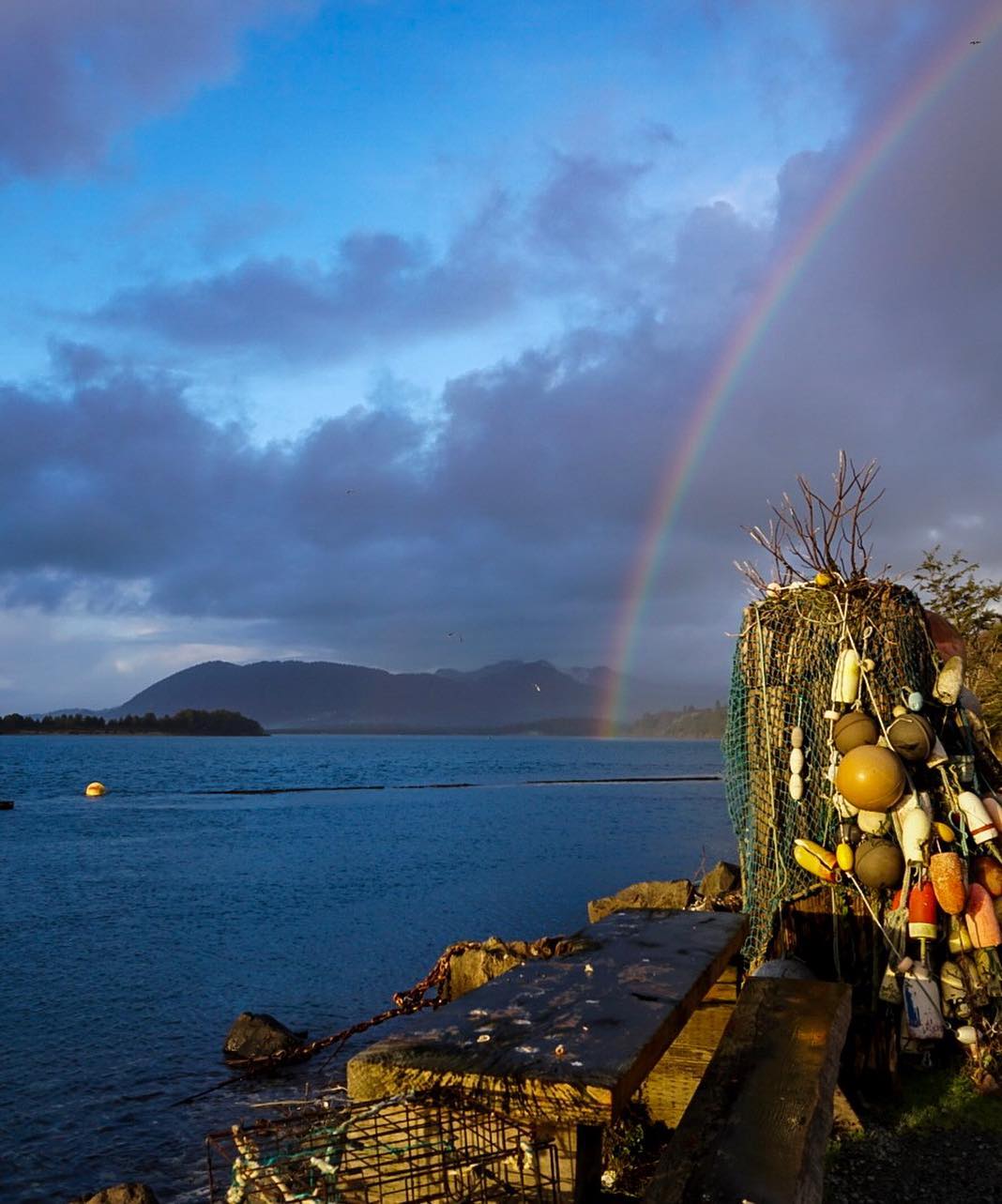


WHAT TO DO
WINTER WEATHER
- 9.62″average rainfall
- 48-37°average Temperature
Storm watching season. You won’t melt, we promise ;). Every season our recommendation is the same. It’s good to be prepared for, well, weather. Dressing in layers works well year round.
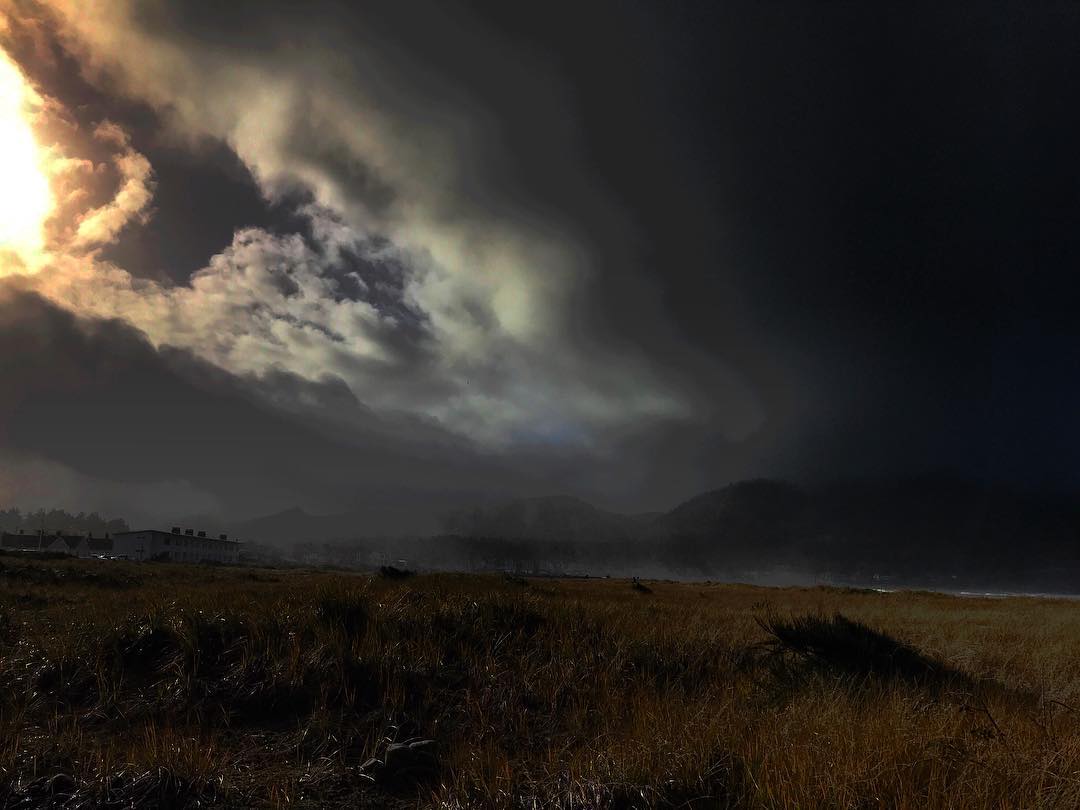
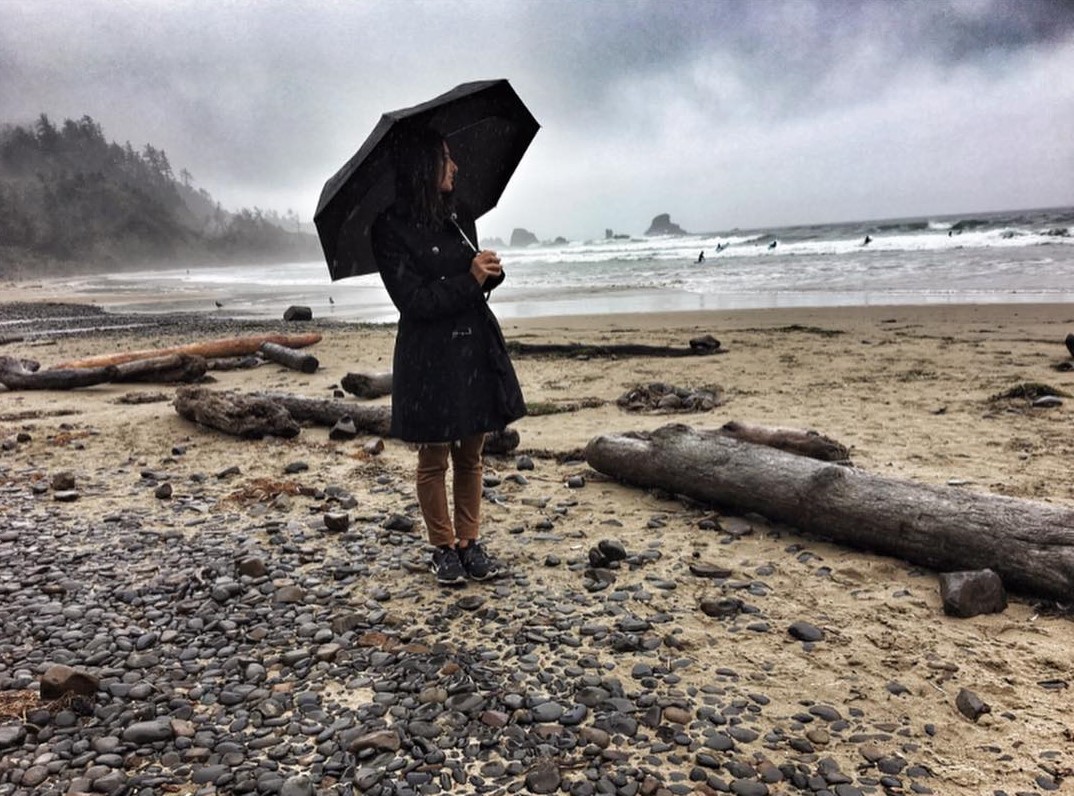

WHAT TO DO

TIPS: BEACH SAFETY
Remember the ocean can be unpredictable, particularly during the stormy winter and fall months. Even on calm days, sneaker waves surprise unsuspecting people, potentially injuring or sweeping them out to sea. Don’t turn your back on the ocean at any point while on the beach.
FAQS: OREGON COAST WEATHER
The Oregon Coast experiences a range of weather throughout the year – fog, sun, rain, and, generally, moderate temperatures. Depending on when you plan to visit, you may experience a number of different weather patterns, so it’s always important to dress in layers and make the most of whatever the weather brings your way. While the coast may be known for its rain, the higher rainfall keeps the North Coast lush and green and helps coastal wildlife thrive.
Spring and Summer on the North Coast bring especially pleasant stretches of beautiful weather. While April experiences considerable rainfall, it also is the start of warmer months ahead. By the time June arrives, it is common for days to be in the low 70s accompanied by a soothing ocean breeze. Visitors often flock to the North Coast during the summer as temperatures from inland towns escalate, trading heat-waves for the ocean-regulated mild (but still warm) weather on the coast.
Alternatively, Fall and Winter on the North Coast bring colder temperatures, more rainfall, foggy mornings, and gray skies. This is a perfect time to appreciate the dramatic views at the region’s many natural landmarks while avoiding large crowds. It’s also a great excuse to bundle up inside, read a good book, and get cozy on the coast. While temperatures are mostly mild, the winter may bring a day or two where light snow occurs.
Regardless of how the weather fluctuates, the North Coast will always be a stunning destination to visit.
When is the best weather on the Oregon coast?
If you’re looking for clear skies and sunny days, you can find the best weather on Oregon’s North Coast during summer months. While temperature will fluctuate from week to week, peak temperatures generally occur during July and August with highs around 77°F. This is also the busiest time of the year on the North Coast, so plan accordingly!
What is the difference between Oregon coast climate and Oregon coast weather?
The Oregon coast climate is generally mild and cool with seasonal fluctuations throughout the year. Temperatures on the North Coast gradually ramp up from January with highs around 49°F to the warm summer months, and then decline for the remainder of the year. The late fall and winter months can be particularly wet, routinely hitting 10 inches of rain or more.
What causes Oregon coast weather?
The ocean itself is largely responsible for the moderate climate on Oregon’s North Coast. In addition to affecting land and sea breezes, the ocean also influences the climate with its temperature resiliency – helping keep summers a bit cooler and winters a bit warmer than more inland destinations. The ocean also influences fog and rain in the area. As seawater evaporates, it creates moisture in the air which is then carried inland by sea breezes.

